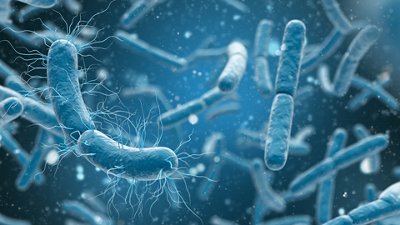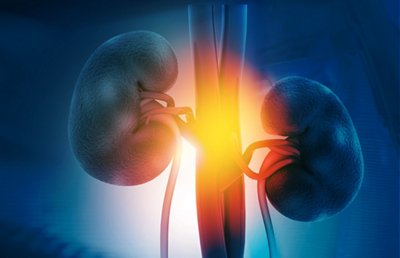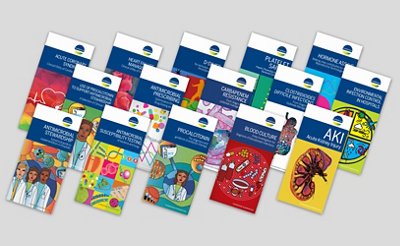Medical Education Hub
Our Medical Education Hub is designed to bring you relevant, up-to-date and non-promotional medical and scientific content that may contribute to better patient outcomes and improve public health.
Watch webinars and tutorials, follow online courses and read educational booklets developed in collaboration with renowned medical and scientific experts to discover and learn more about the critical role of diagnostics in the detection, identification and diagnosis of disease and appropriate patient management.







